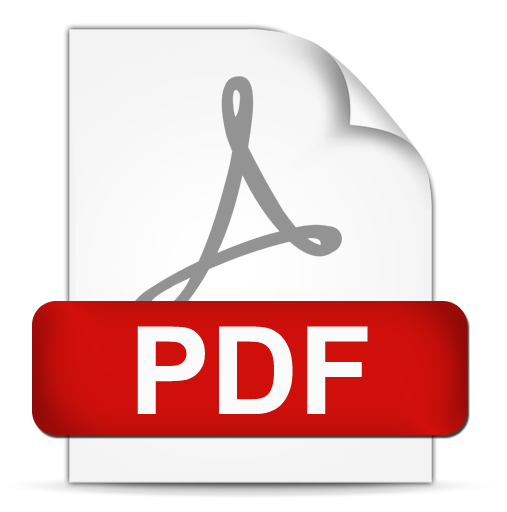Utilizing Fisher’s-Z Transformation for Item Selection
 Abstract Views:
556 times
Abstract Views:
556 times
 PDF - Full Text Downloads:
520 times
PDF - Full Text Downloads:
520 times
Abstract
The previous work has shown that item selection method based on the use of corrected item-total correlation larger than .3 as the criterion provided the least errors of including items with low corrected item-total correlation in the population and excluding items with high corrected item-total correlation in the population. However, such method did not address the fact that corrected item-total correlation fluctuated across samples. Therefore, in smaller samples, the method provided larger errors. The current article proposed a new method for item selection that took into account the fluctuations of corrected item-total correlation across samples. The method was a significant test of correlation coefficient with the null hypothesis stating that the corrected item-total correlation was larger than or equal to .3. Four simulations were conducted to evaluate the proposed method and its modification. The results showed that the method was performed very well in reducing errors of including items with low corrected item-total correlation even in smaller sample sizes. However, the errors of excluding items with high corrected item-total correlation were large, particularly in small sample size. The large exclusion error was due to the lack of power to reject the null hypothesis when sample size was small. In larger samples, the proposed method and its modification and the method used criterion of corrected item total correlation larger than .3 performed equally well.
Downloads

This work is licensed under a Creative Commons Attribution-NonCommercial-ShareAlike 4.0 International License.
Articles published in ANIMA are licensed under a Creative Commons Attribution-NonCommercial-ShareAlike 4.0 International license. You are free to copy, transform, or redistribute articles for any lawful, non-commercial purpose in any medium, provided you give appropriate credit to ANIMA and the original Author(s), link to the license, indicate if changes were made, and redistribute any derivative work under the same license.
Copyright on articles is retained by the respective Author(s), without restrictions. A non-exclusive license is granted to ANIMA to publish the article and identify itself as its original publisher, along with the commercial right to include the article in a hardcopy issue for sale to libraries and individuals.
By publishing in ANIMA, Author(s) grant any third party the right to use their article to the extent provided by the Creative Commons Attribution-NonCommercial-ShareAlike 4.0 International license.

 DOI:
DOI:



